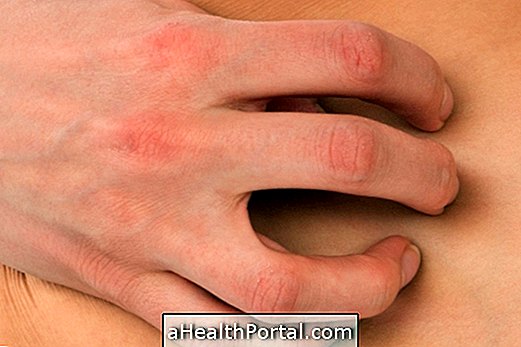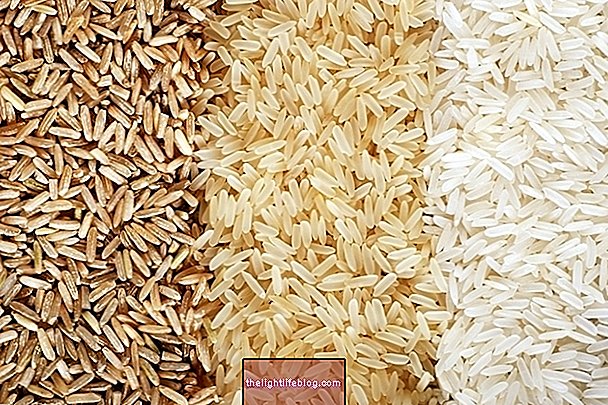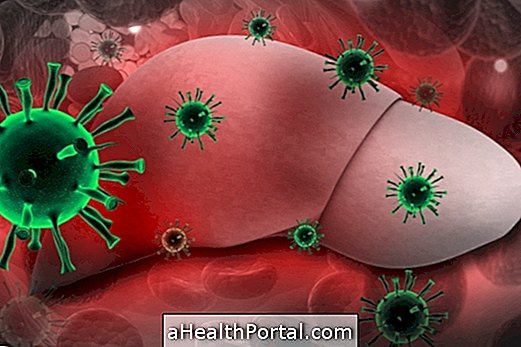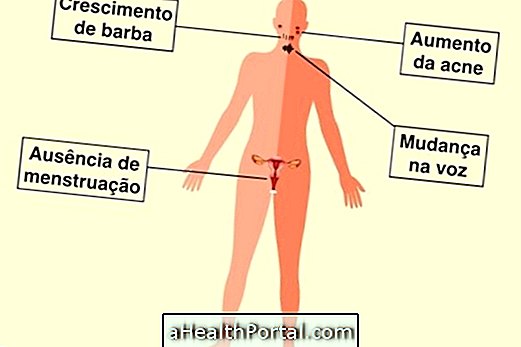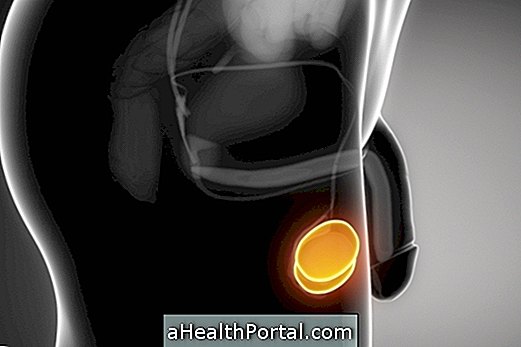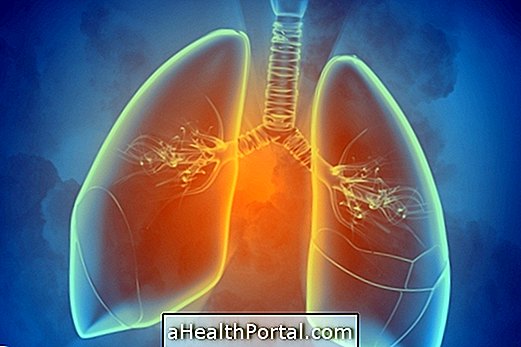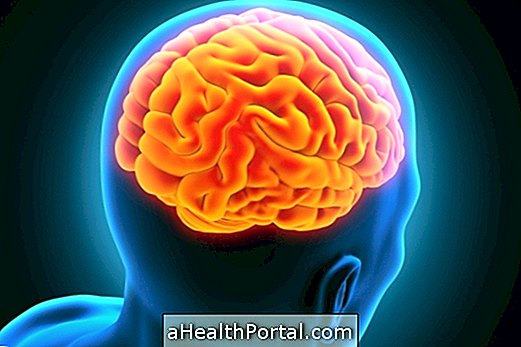The lymphatic system is a complex set of lymphoid organs, tissues, vessels and ducts, which are distributed throughout the body, whose main functions are to produce and mature the body's defense cells, as well as draining and filtering excess body fluid, directing it into the bloodstream.
This fluid uptake, called the lymph, occurs through the capillaries, which are thin vessels that communicate with the cells, and when they reach deeper levels of the body, the capillaries turn into larger lymph vessels. During circulation in the lymphatic vessels, lymph passes through organs such as lymph nodes, adenoids and spleens, responsible for the production, storage and maturation of cells of the immune system, such as lymphocytes, responsible for the defense and fight against foreign microorganisms.
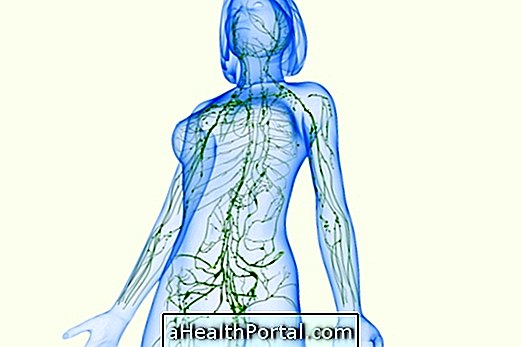
Anatomy of the lymphatic system
This important system is composed of a complex network of cells, vessels, tissues and organs, which perform varied functions. The main components include:
1. Linfa
It is the fluid that travels through the lymphatic circulation, usually originating from the extravasation of fluid from the bloodstream to the tissue around the cells.
- Function : the liquid outside the vessels is able to bathe the cells, offering the necessary nutrients, but when it is captured by the lymphatic chain, it becomes lymph, which is taken to the heart, in order to return to the bloodstream.
2. Capillaries and lymphatic vessels
The capillaries are small, thin lymphatic vessels that come in contact with the body's cells and collect liquids, and as they carry the lymph to the heart, they grow and form the larger lymph vessels and ducts.
- Function : Capture and absorb the liquid and proteins around the cells, avoiding the accumulation of liquids and swelling in the body.
3. Lymphatic Ducts
They are large lymphatic channels, known as the thoracic duct and right lymphatic duct, where it drains the lymphatic circulation before reaching the bloodstream.
- Function : The thoracic duct collects and carries most of the lymph from the body to the blood, since the lymphatic duct is responsible for draining the lymph from the entire upper right limb and from the right side of the head, neck and thorax to the current blood.
4. Lymphatic Organs
They are organs scattered along the path of lymphatic vessels, which present varying sizes, structures and functions, and can be stimulated whenever there is an infection or inflammation. The main ones are:
- Bone marrow : is a structure located inside large bones, which has the function of forming the various cells that make up the body's circulation, including lymphocytes, which are the defense cells of the lymphatic system;
- Timo is a gland located in the upper part of the thorax, which has the function of developing and proliferating T lymphocytes that came from the bone marrow, which then go to the other lymphoid tissues, where they become active for the immune response;
- Lymph nodes are small, rounded organs spread throughout the lymphatic vessels responsible for filtering the lymph, removing microorganisms such as bacteria and viruses and other particles from the circulation, as well as being responsible for the maturation and storage of lymph nodes that are ready to act against infections.
- Spleen : is a large lymphatic organ, located in the upper left part of the abdomen, responsible for the storage and maturation of lymphocytes, in addition to filtering the blood, eliminating microorganisms and aged cells.
In addition, there are the tonsils, known as tonsils and adenoids, which are clusters of lymph nodes, located in the mouth, lower region of the tongue and pharynx, in addition to Peyer's plaques in the intestine, which are also responsible for producing cells in the system immune and aid in the protection against microorganisms.


Diseases of the lymphatic system
Some of the major diseases that can reach the lymphatic system are:
- Malformation of the lymphatic system : usually changes in vessels or lymph nodes, usually by genetic diseases;
- Filariasis : also known as elephantiasis, is an infectious disease caused by a parasite, transmitted by mosquitoes, which occupy and obstruct the vessels and lymph nodes, causing swelling of the affected limb. Learn more about the symptoms and treatment of elephantiasis;
- Lymphatic circulation injuries : they can be caused by strokes, surgical procedures or treatment, such as radiation therapy against cancer, causing changes in the lymph drainage capacity. This situation is particularly frequent in the case of women who have undergone breast cancer treatment, since removal of lymph nodes from the armpit region may be necessary;
- Cancer : can cause lymphatic circulation to compromise by reaching your vessels and organs, such as lymphoma, or by metastases or growth of tumors, such as the breast, abdominals or head and neck, for example. Understand what can cause lymphatic cancer.
By harming the correct circulation of lymph to the bloodstream, these diseases give rise to lymphedema, which is the swelling in the body produced by the accumulation of lymph and fluid in the tissues of the body.
What is lymphatic drainage?
Lymphatic drainage is a procedure that consists of a massage with gentle movements, which aims to stimulate and facilitate the circulation of lymph through its vessels, and to reach the bloodstream more quickly.
As the lymphatic system does not have a pumping, as done by the heart in the bloodstream, this massage can aid in the return of lymph, especially in people who suffer from fragility of these vessels and who have a tendency to accumulate fluid in the tissues.
When done with the correct technique, this procedure can be helpful in eliminating any type of swelling on the face or body. Check out what the benefits are and how manual lymphatic drainage is done.


